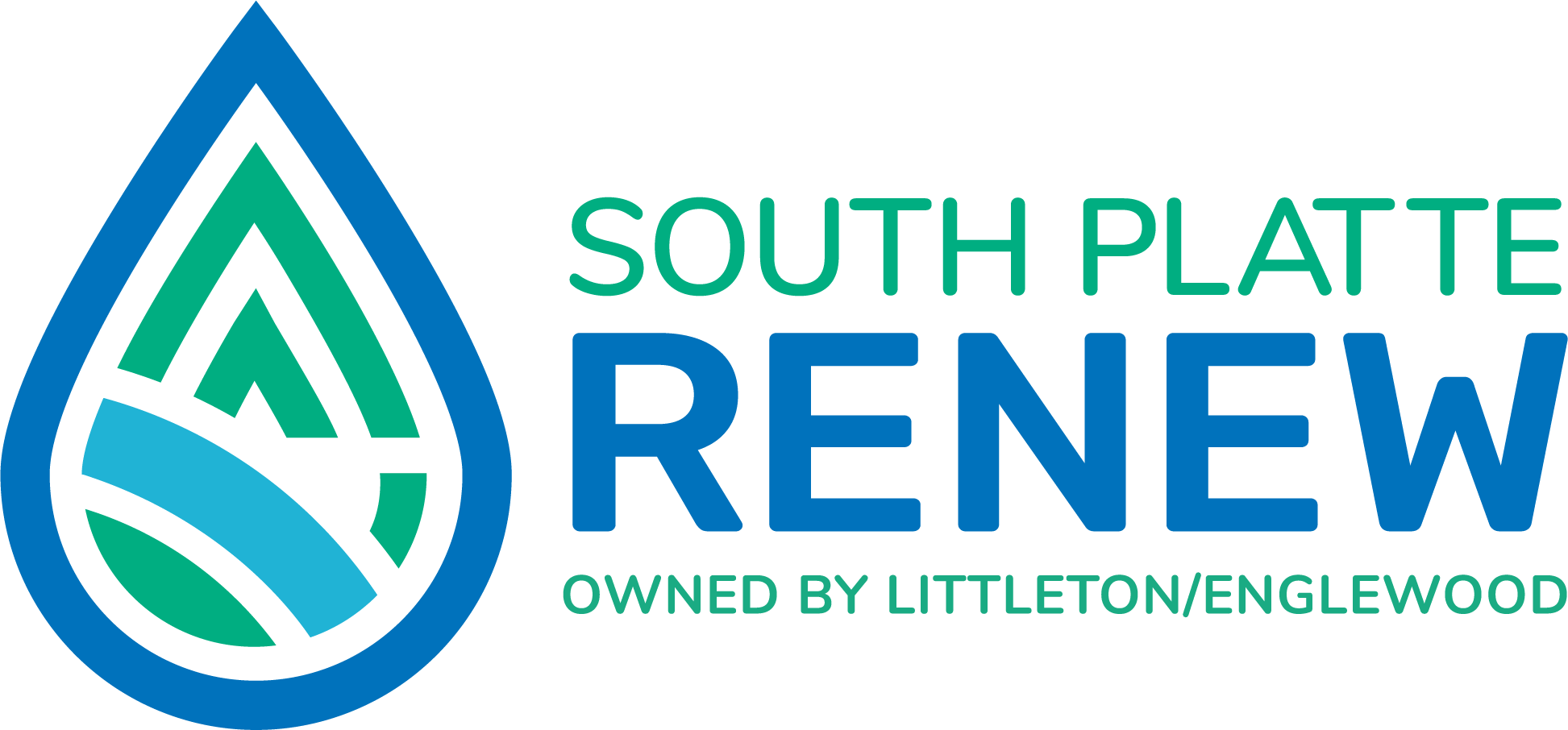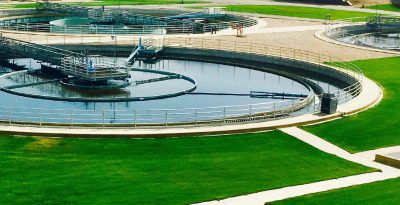
- pH control
- Solids management
- Chemical storage
- Spill prevention
- Records management
pH Control
- Install totes, tanks, or containers to adjust the pH of individual waste streams.
- Install a sufficiently sized tank to collect process wastewater from all facility operations for the purpose of self-neutralization and if necessary to adjust the pH to meet discharge limits.
- For small batches with elevated pH, mild acids such as acetic acid (i.e. vinegar) or citric acid can be used to neutralize the wastewater.
- For small batches with low pH, mild alkaline solutions such as calcium carbonate (lime) can be used to neutralize the wastewater.
- Stronger acidic or alkaline neutralization chemicals may be needed based on the pH and the volume of the wastewater to be neutralized.
- Provide a mechanical mixer in the wastewater tank to promote self-neutralization of low and high pH wastewater. Adequate mixing is essential when using neutralizing chemicals.
- Reuse and recycle chemicals whenever possible through automated approaches [e.g., clean-in-place (CIP)].
- Train employees on pH management practices.
Solids Management
- Install screens, filters, or baskets on all floor drains and trenches to capture solids.
- Prevent trub, grains, hops, and spent yeast from entering the sewer.
- Collect solids from all filters, mash tuns, whirlpools, and kettles by settling, straining, screening, or filtering to prevent them from entering the sanitary sewer.
- Control solids at the source; do not let solids hit the ground, sweep up and collect spills, and avoid rinsing them down the drain.
- Train employees on solids management practices.
Chemical Storage and Spill Prevention
- Store chemicals in low traffic areas, away from forklifts and other production activities, to lessen the chance of accidental spills.
- Segregate and securely store non-compatible chemicals (for example, acid and bases) in separate containment areas to prevent mixing of incompatible or reactive materials.
- Maintain and inspect all process solution tanks on a regular basis and repair any leaks promptly.
- Label all chemical solution storage containers.
- Develop a spill response plan and train employees to follow the plan. Post the spill plan and the contact information for spill notification in a prominent place. The plan should at a minimum:
- Describe where chemicals are stored, how liquids are stored and handled to prevent and isolate spills, and chemical transfer protocols that minimize spills.
- Describe how staff will respond to a spill, including immediate notifications to emergency responders and South Platte Renew (303.762.2600).
- Describe staff training required to respond to spills safely and effectively.
- Update the plan as your processes change.
Records
- Maintain records that document off-site waste removal including waste stream, volume, date, and method of disposal.
- Maintain records of all effluent sample results collected to determine compliance with SPR discharge limits, including pH.
- Records of completed employee BMP training.
- Retain records onsite for a minimum of three (3) years.
Considerations When Planning for New or Remodeled Operation
- All drains from brewing, distilling, and winery operations should lead to a common drain, sump, or wastewater tank where the wastewater can be accessed and managed to ensure compliance with discharge limits.
- Control of pH is often necessary and batch treatment to meet pH limits is still the best option for many small breweries. Necessary features typically include a tank, mixer, pH meter in tank (to control neutralizing chemicals), continuous pH meter (for the discharge), and a delivery system for the acids and bases used for neutralization).
- Set aside sufficient floor space for a wastewater pH equalization/treatment tank, treatment chemical containers, and solids handling equipment and storage.
- Provide an easily accessible sample site that is representative of the discharge from brewing operation, separate from sanitary and restaurant drains.
- Consider the method(s) and/or equipment you will use to measure wastewater discharge volume from the brewing, distilling, winery operation.
Plan Review
Before building construction or remodeling, construction drawings, including plumbing details, shall be submitted to the appropriate sanitation district agency. Your may find your sanitation district by typing in your address. Plans submitted to either the City of Littleton or the City of Englewood will be reviewed by South Platte Renew for compliance with the South Platte Renews requirements. The appropriate sanitation district agency will review plans submitted to other cities or counties for compliance with their rules and regulations.
Contact Us
If you have any questions or concerns or would like to discuss this further, please contact the Industrial Pretreatment Department at SPRpretreatment@englewoodco.gov or complete the below contact form.



